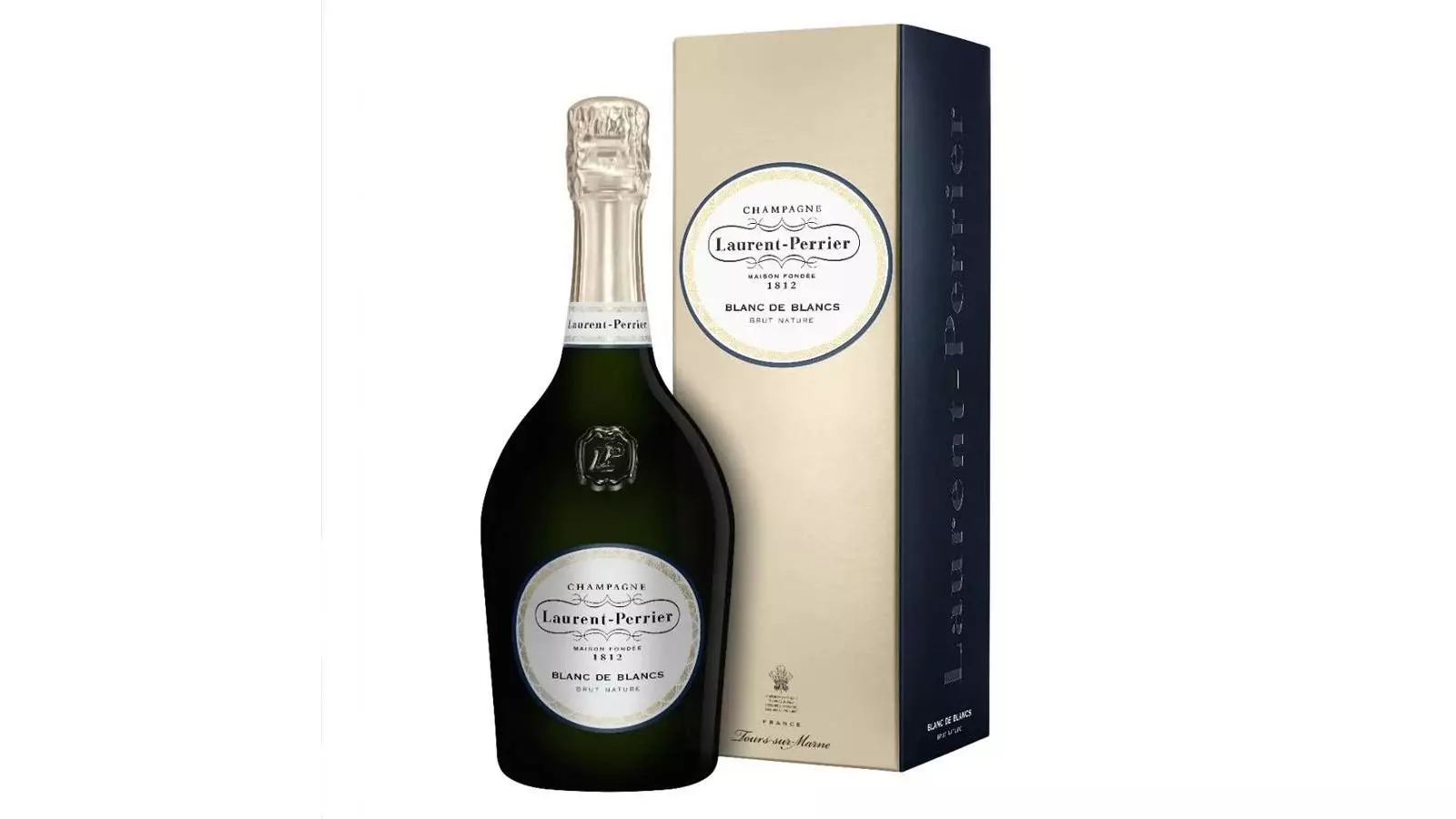Champagne has enamored palates for centuries, securing its reputation as the quintessential drink for celebrations, but the charm of this sparkling wine extends well beyond the clinking glasses of special occasions. The Champagne region in northeastern France, a cradle of winemaking expertise and a unique terroir, offers a culinary experience that embodies artistic expression in every bottle. As this effervescent beverage continues to evolve, it highlights versatility and sophistication, carving a space on tables across a variety of settings—be it a casual meal at home, an elegant dining experience, or even showcasing its potential alongside street food.
Located approximately 90 miles northeast of Paris, the Champagne region encompasses a mosaic of five significant wine-producing areas: Montagne de Reims, Vallée de la Marne, Côte des Blancs, Côte de Sézanne, and the Aube. Each region contributes to the complexity and character of the wines produced, attributed to the area’s cool climate and exceptional chalky soil, which are ideal for cultivating key grape varieties—primarily Chardonnay, Pinot Noir, and Pinot Meunier. The meticulous care in which these grapes are grown lays the foundation for the refined and intricate profile that defines true Champagne.
Proponents of this sparkling wine embrace the idea that the best moment to indulge in Champagne is now. The lively acidity and diverse flavor profiles ensure that it complements an array of culinary creations, from seafood and white meats to dishes nestled in rich, buttery sauces. Champagne is not merely a drink for toasts; it transcends the conventional and integrates seamlessly into everyday life, creating a vibrant dining experience whether celebrating a landmark moment or unwinding after a long day.
Understanding the art of storage is essential for preserving the integrity of Champagne. An opened bottle is typically best consumed within a few days to retain its effervescence, though utilizing a high-quality stopper may extend this timeframe. For bottles that remain unopened, optimal storage conditions can allow them to last for up to 15 years if kept sideways in a cool location. This knowledge empowers consumers to appreciate the nuances that occur during aging, ultimately enhancing their sensory experience.
As interest in Champagne surges, new producers and established houses are reimagining conventional styles and breaking traditional boundaries. This renaissance showcases avant-garde approaches—embracing zero-dosage styles for those seeking a purely crisp experience and innovating with rosés that artfully balance fruit sweetness and sophisticated finesse. Such developments are redefining the scope of what Champagne can represent, asserting its presence at both casual events and high-end culinary pairings.
For a prime example, consider the Laurent-Perrier offering, which exemplifies the mastery of Chardonnay vinification through its ‘sans dosage’ expression. With a harmonious blend of Grand Cru and Premier Cru vineyard selections, the result is a Champagne bursting with bright citrus notes and a mineral finish, serving as an exquisite match for fine seafood and shellfish.
On the other hand, Idris Elba’s collaborative creation with Champagne Sanger, Petite Porte Noire Brut NV, captivates with its blend of Chardonnay, Pinot Noir, and Pinot Meunier. This Champagne stands out with its vibrant freshness and delicate white fruit layers, ideal for those drawn to elegance infused with a hint of celebrity flair.
Among the jewels of this effervescent world, the Rare Champagne Millésime Brut 2008, acclaimed as the “Supreme World Champion” at the 2023 CSWWC, is a true masterpiece. With a composition highlighting 70% Chardonnay and 30% Pinot Noir sourced from Grand Cru vineyards, this vintage opens with enticing aromas of sweet peaches and almonds. A visit to its heart reveals a zesty explosion of flavors that includes hints of pineapple and liquorice, culminating in a luxurious tasting experience reminiscent of fresh pastries.
The Billecart-Salmon Brut Rosé has a storied history dating back to 1818 and continues to captivate with its vibrant brand. This pale pink champagne comprises a balanced selection of 40% Chardonnay, 30% Pinot Noir, and 30% Pinot Meunier, offering a delightful profile characterized by red fruit notes and a biscuity finish—excellent for uplifting lighter dishes or sipping on warm summer afternoons.
Meanwhile, Maison Bruno Paillard’s Blanc de Blancs 2014 pays homage to the strengths of Chardonnay, aged for seven years on lees in Grand Cru vineyards. This Champagne is not only a sensory delight, but its artistic packaging also makes it a delightful gift, embodying the care and artistry that is painstakingly involved in its creation.
Champagne transcends its traditional roles and emerges as a versatile partner in any culinary setting, representing both luxury and creativity. As this sparkling beverage continues to evolve, it invites us to explore its depths and appreciate the artistry that mirrors not just the vineyard’s heritage but the very essence of celebration in every glass.


Leave a Reply